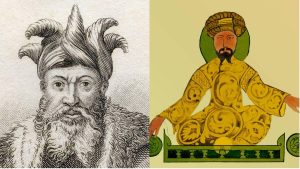The history of ballet and its greatest dancers
Ballet, a mesmerizing blend of grace and strength, has enchanted audiences for centuries. Originating from the courts of Italy, this dance form has evolved into a global phenomenon.
Whether you’re captivated by the sheer athleticism or the emotive storytelling, ballet offers a unique glimpse into a world where movement speaks volumes. As we dive into its rich history and cultural impact, you’ll discover why ballet remains a timeless art form.
The Origins of Ballet: From Italian Courts to French Theaters

Ballet began in the Italian Renaissance courts of the 15th century, where it was a form of entertainment for the aristocracy. It wasn’t long before Catherine de’ Medici, an Italian noblewoman who married into the French monarchy, introduced ballet to France.
This move set the stage for ballet’s evolution into a theatrical art form, with the French court refining the style and technique that would become the foundation of classical ballet.
The Evolution of Ballet in the 17th Century
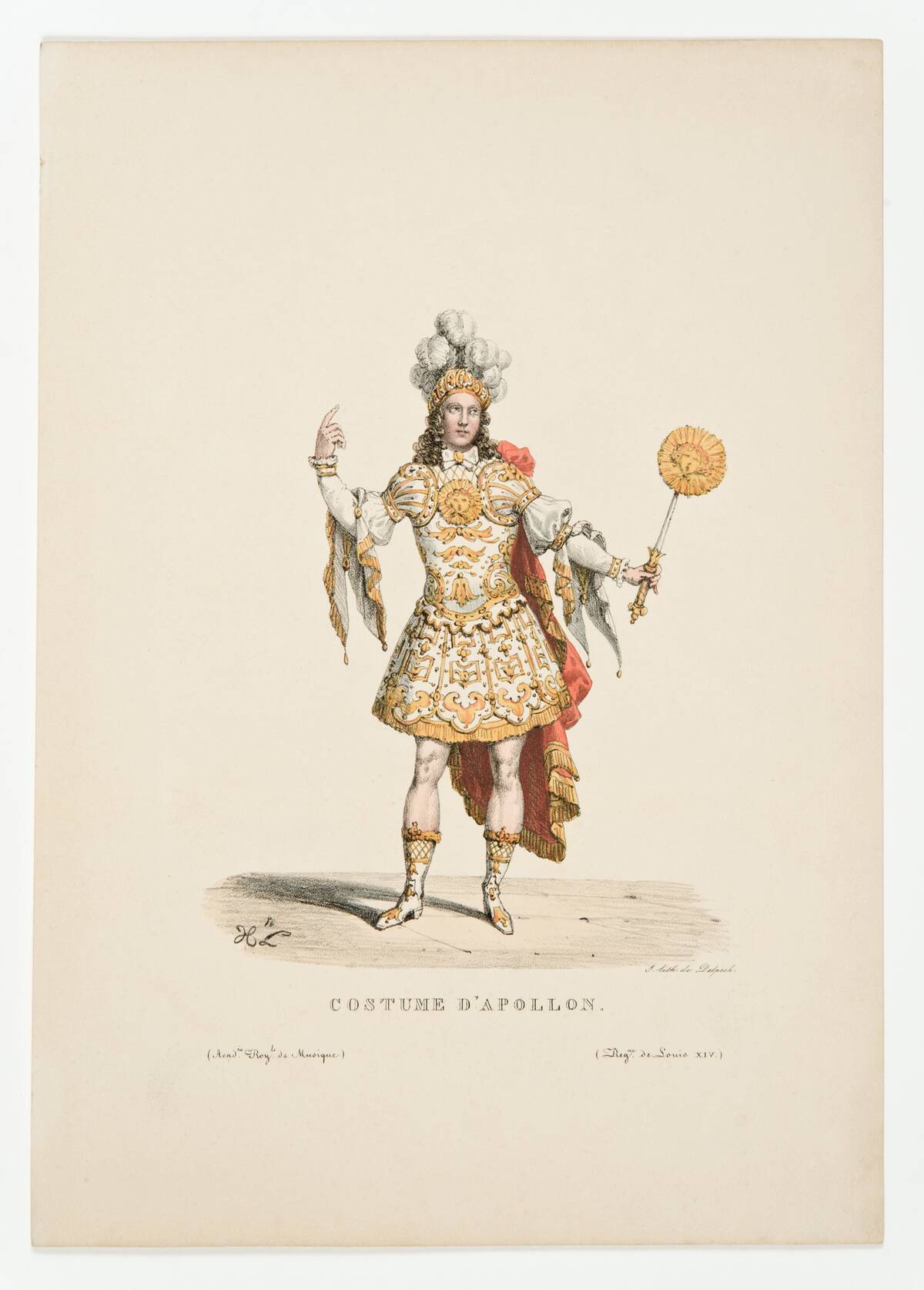
The 17th century saw ballet’s transformation under the reign of King Louis XIV of France, who himself was an avid dancer. The establishment of the Académie Royale de Danse in 1661 marked a significant turning point, as it codified ballet’s techniques and positions.
This institutional support helped standardize ballet and elevate its status from court entertainment to a respected art form performed in theaters.
Ballet’s Golden Age: The 18th Century Transformation
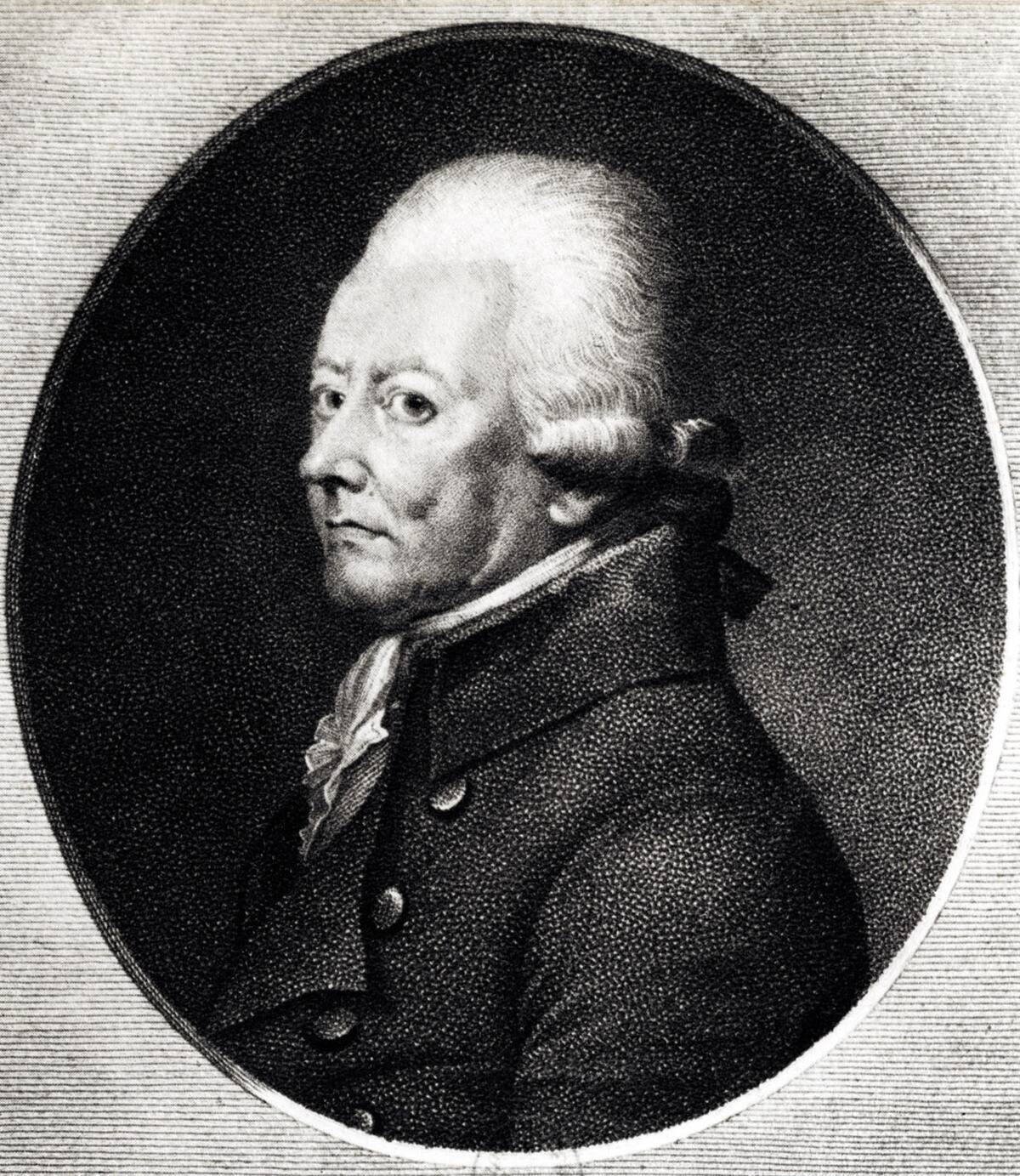
The 18th century was a period of refinement and innovation in ballet. Choreographers like Jean-Georges Noverre advocated for expressive movement and dramatic storytelling, laying the groundwork for ballet d’action.
The period also saw the rise of the ballet technique en pointe, allowing dancers to perform with an ethereal lightness. These innovations helped ballet transition into a more narrative-driven and technically demanding discipline.
The Romantic Era: Bringing Emotion to the Stage

In the 19th century, the Romantic Era brought an emphasis on emotion and imagination to ballet. With productions like “Giselle” and “La Sylphide,” audiences were transported to mystical realms, captivated by themes of love and longing.
This era also marked the rise of the ballerina as the central figure, with dancers like Marie Taglioni becoming celebrated for their delicate and expressive performances on pointe.
Classical Ballet: The Rise of Russian Influence
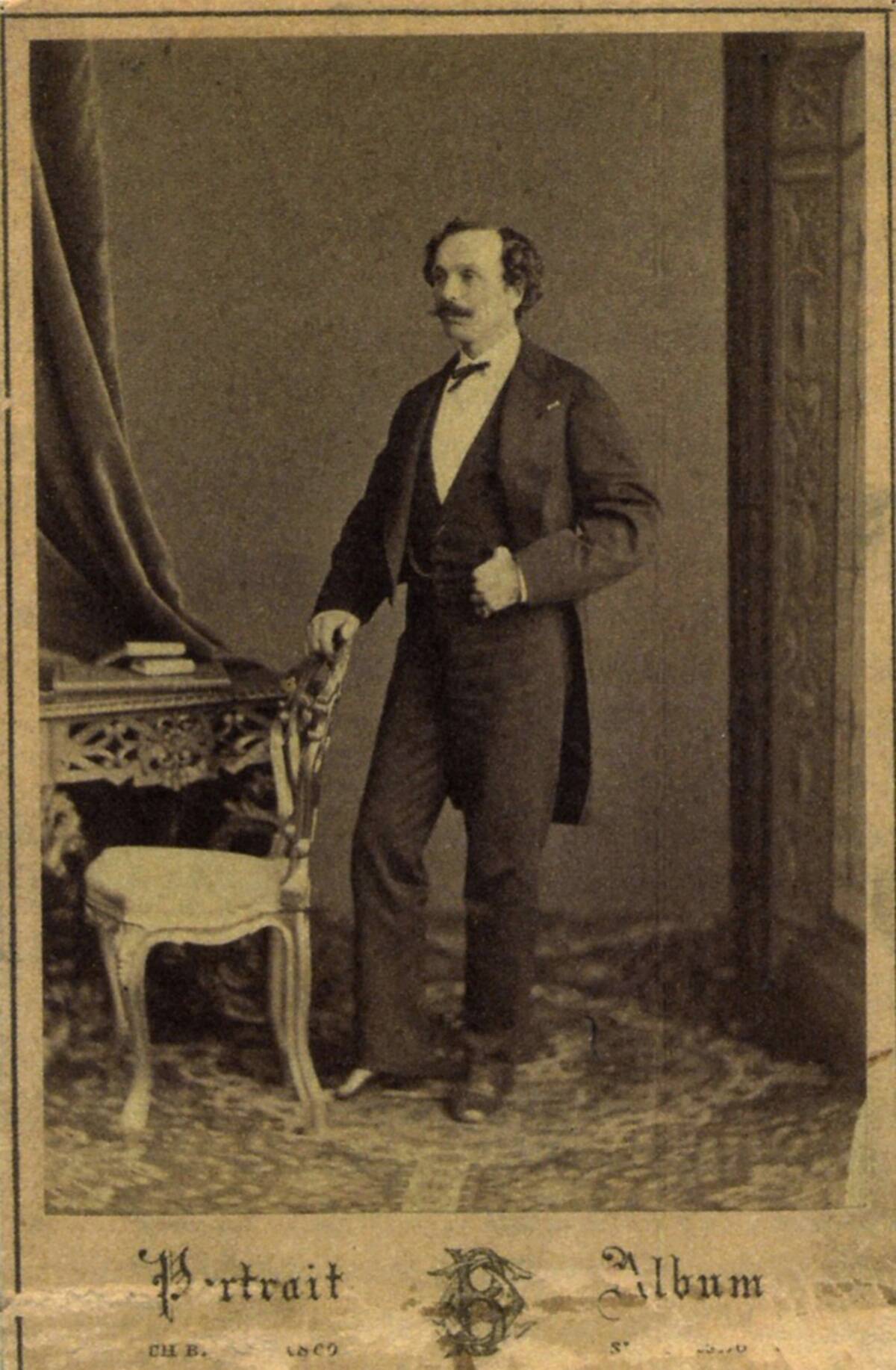
By the late 19th century, Russia had emerged as a powerhouse in the ballet world. Under the guidance of choreographers like Marius Petipa, classical ballet reached new heights with works such as “Swan Lake” and “The Nutcracker.”
These productions, characterized by their grand scale and technical prowess, set the standard for future generations and solidified Russia’s influence on the global ballet stage.
The Birth of Modern Ballet in the 20th Century
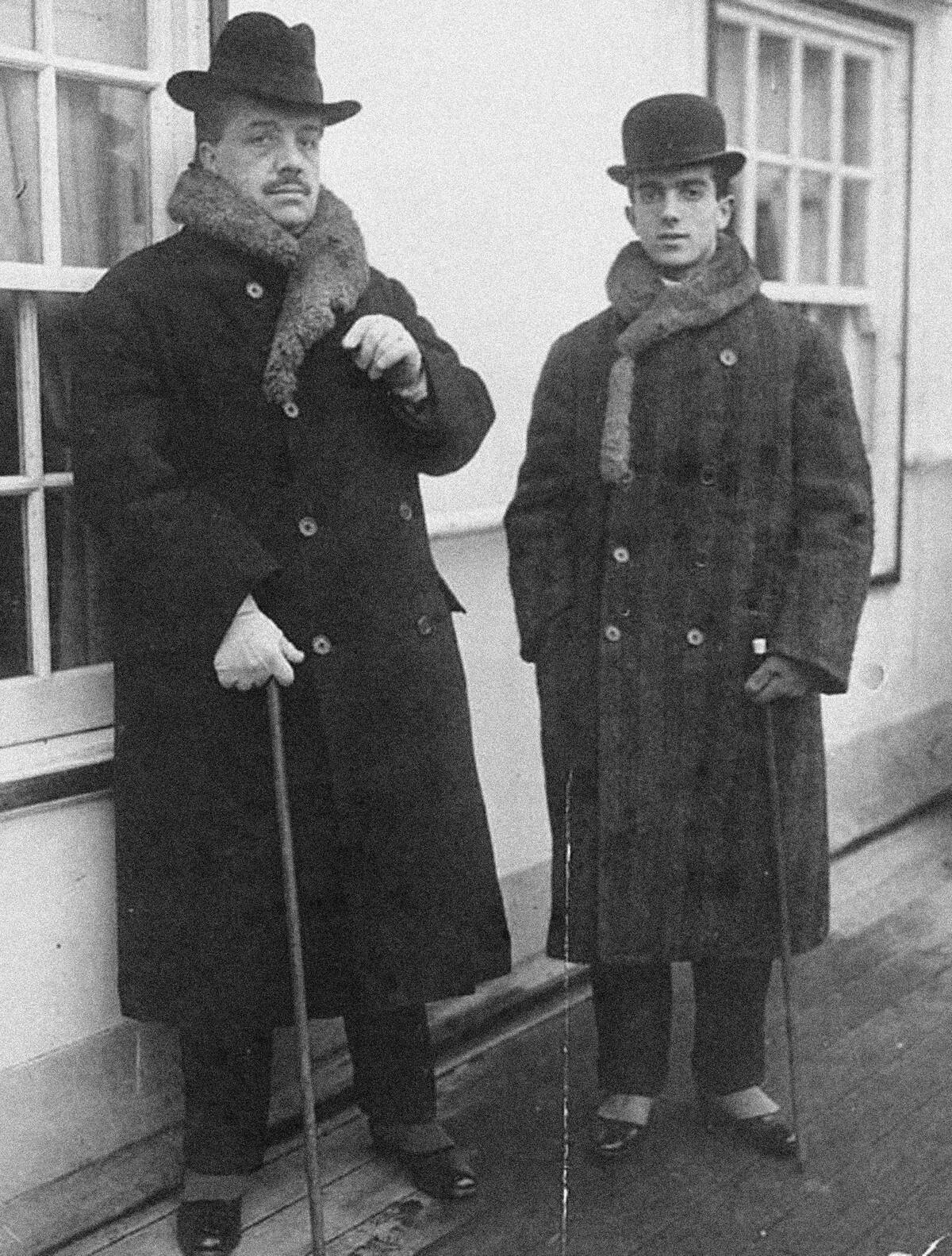
The 20th century was a time of experimentation and change, as modern ballet emerged to challenge classical conventions. Pioneers like Serge Diaghilev and his Ballets Russes introduced innovative choreography and collaborations with artists and composers, breaking traditional boundaries.
This era saw the fusion of different dance styles and the exploration of new themes, paving the way for contemporary ballet’s diverse and dynamic expression.
Iconic Ballet Companies Around the World
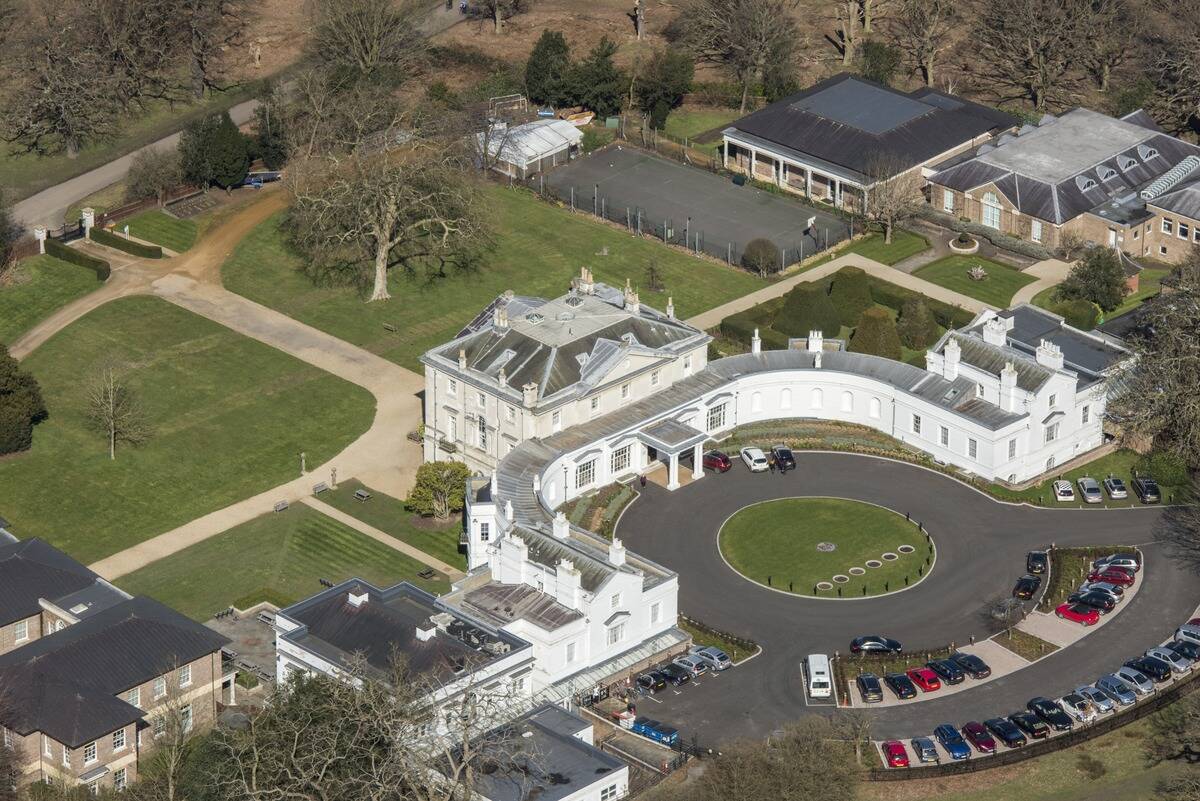
From the Royal Ballet in London to the American Ballet Theatre in New York, iconic ballet companies have become cultural landmarks. These institutions not only preserve the classical repertoire but also support the creation of new works.
Companies like the Bolshoi Ballet and Paris Opera Ballet continue to captivate audiences with their rich histories and commitment to excellence, ensuring ballet remains a vibrant and evolving art form.
The Ballet Russe and Its Revolutionary Impact
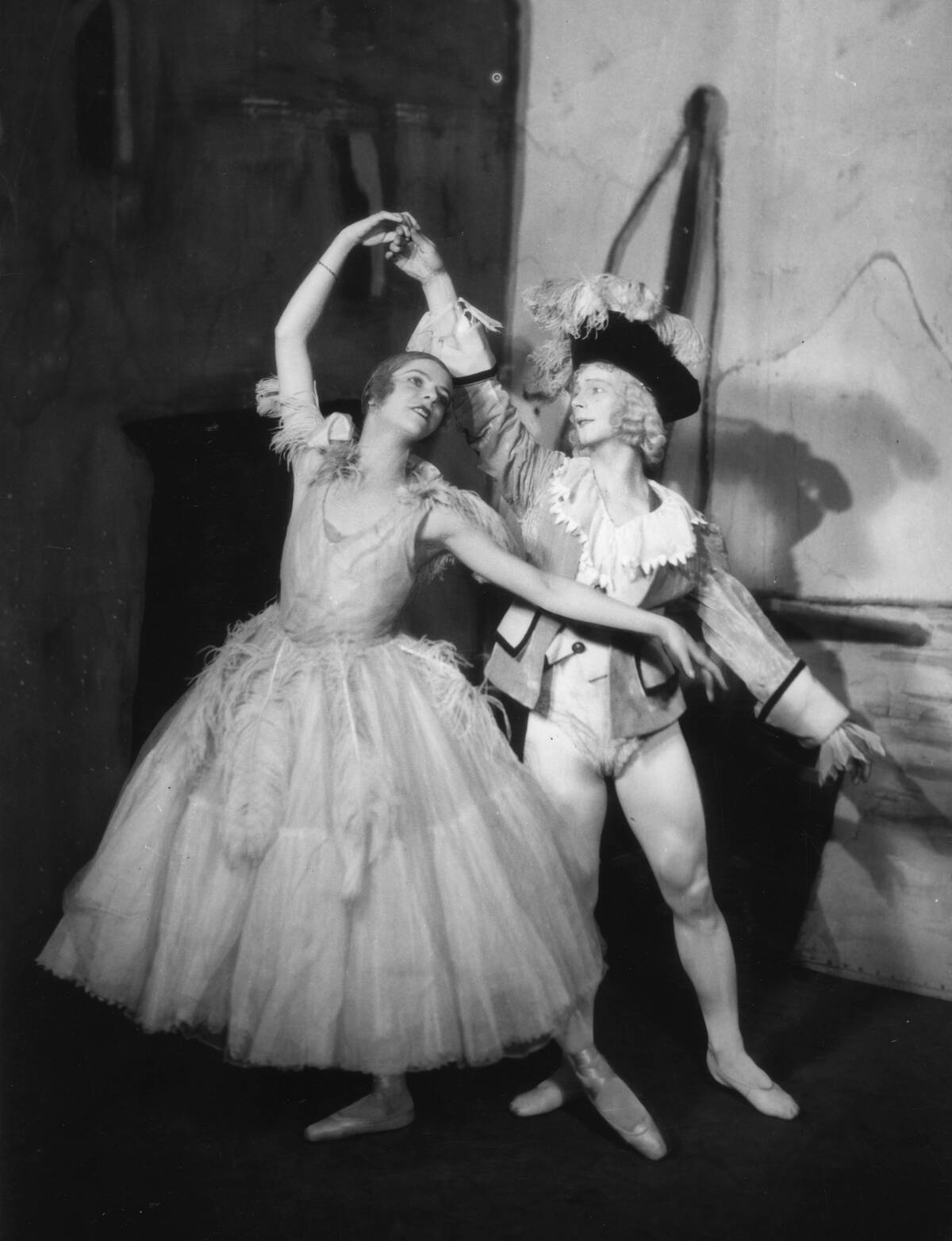
The Ballet Russe, founded by Serge Diaghilev in 1909, revolutionized ballet with its daring and innovative productions. Collaborating with artists like Picasso and composers such as Stravinsky, the company pushed artistic boundaries.
Its groundbreaking performances redefined ballet’s possibilities, influencing generations of dancers and choreographers and leaving an indelible mark on the art form’s evolution.
The Role of Music in Ballet’s Evolution
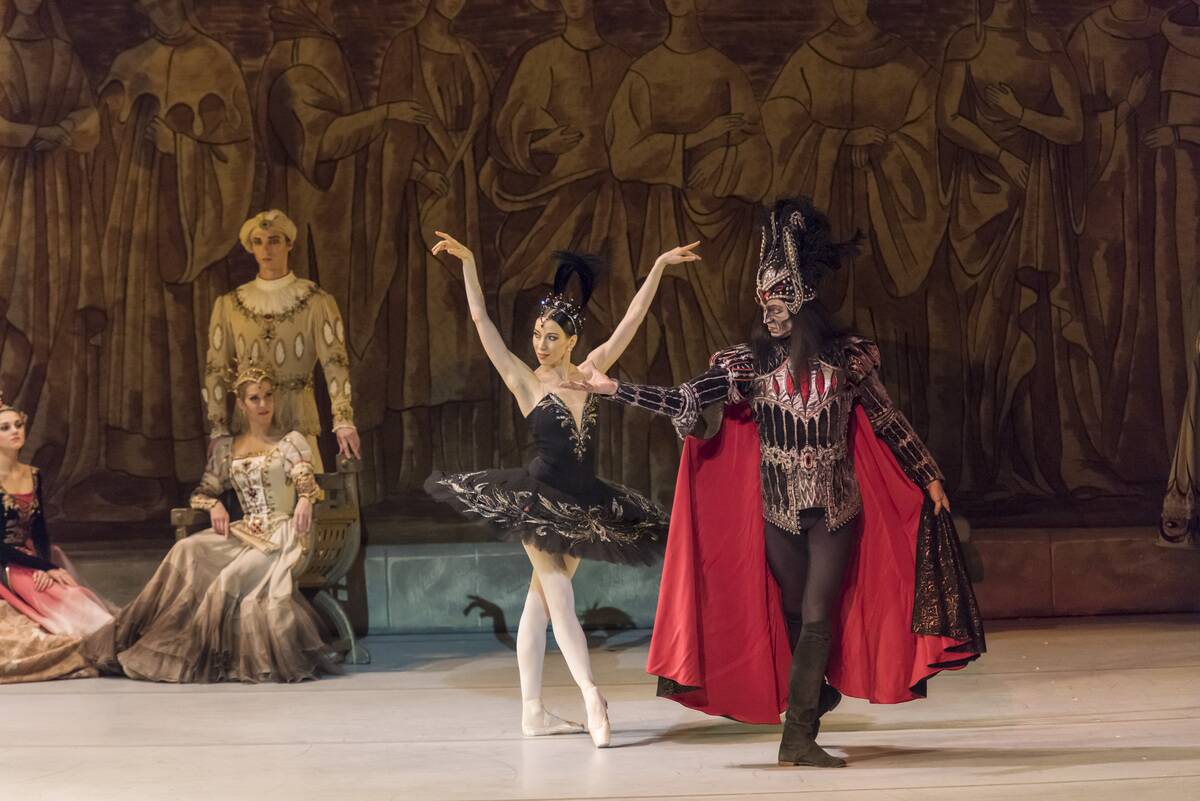
Music has always been integral to ballet, shaping the mood and movement of each performance. Composers like Tchaikovsky and Prokofiev created iconic scores that have become inseparable from their ballets.
The interplay between music and dance allows for a richer storytelling experience, with each note guiding the dancers’ steps and enhancing the emotional impact of the performance.
Prima Ballerinas: The Queens of the Ballet World
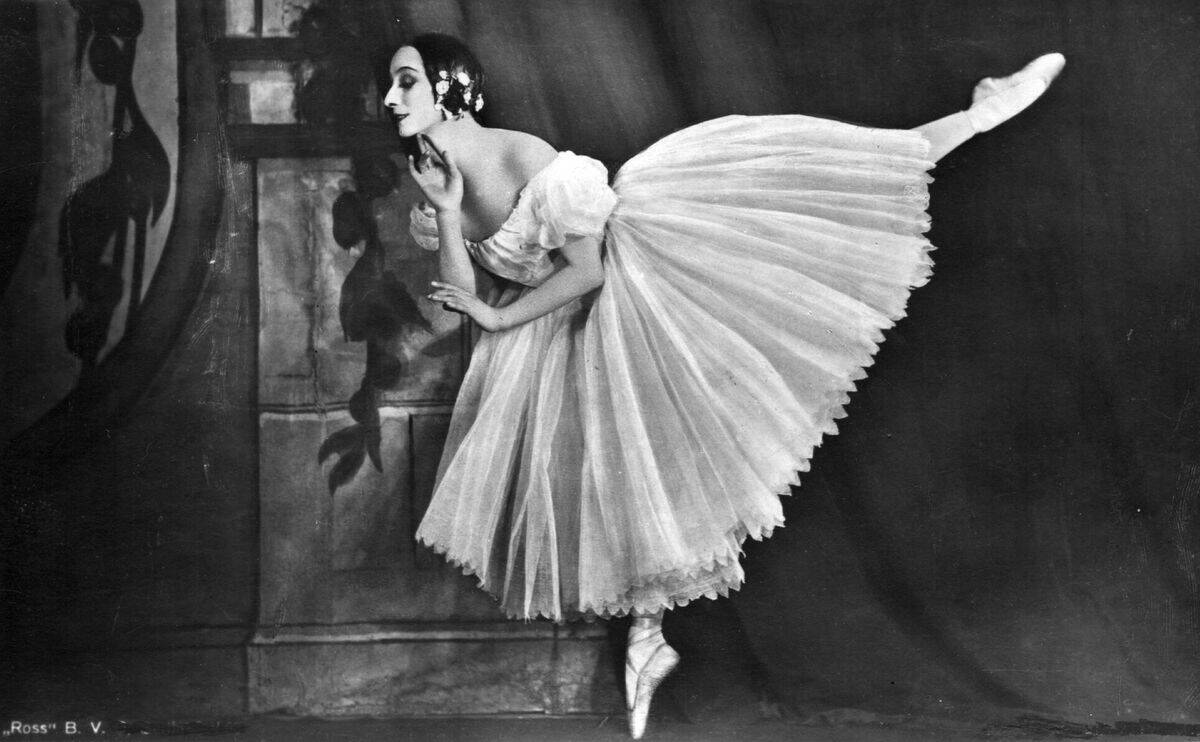
Prima ballerinas have long been celebrated as the epitome of grace and technical prowess. These leading ladies of the ballet world captivate audiences with their extraordinary talent and stage presence.
From legends like Anna Pavlova to modern icons like Misty Copeland, prima ballerinas inspire aspiring dancers and embody the pinnacle of artistic achievement in ballet.
Mikhail Baryshnikov: A Legend Leaps Across the Stage
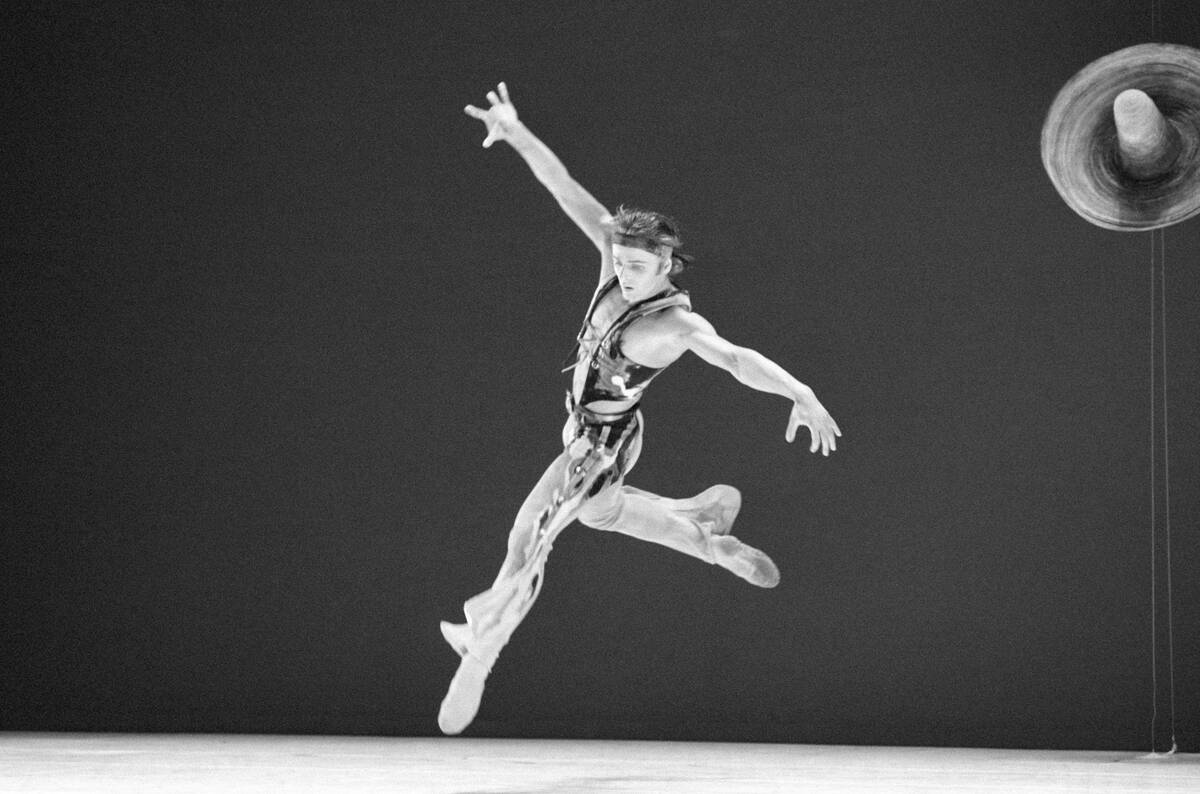
Mikhail Baryshnikov, one of the most renowned dancers of the 20th century, is celebrated for his technical brilliance and charismatic presence. Born in Latvia, Baryshnikov’s defection to the West in 1974 made headlines and opened new opportunities in his career.
As a principal dancer with the American Ballet Theatre and later as an artistic director, he has made lasting contributions to ballet both on and off the stage.
Anna Pavlova: The Swan Who Captivated the World
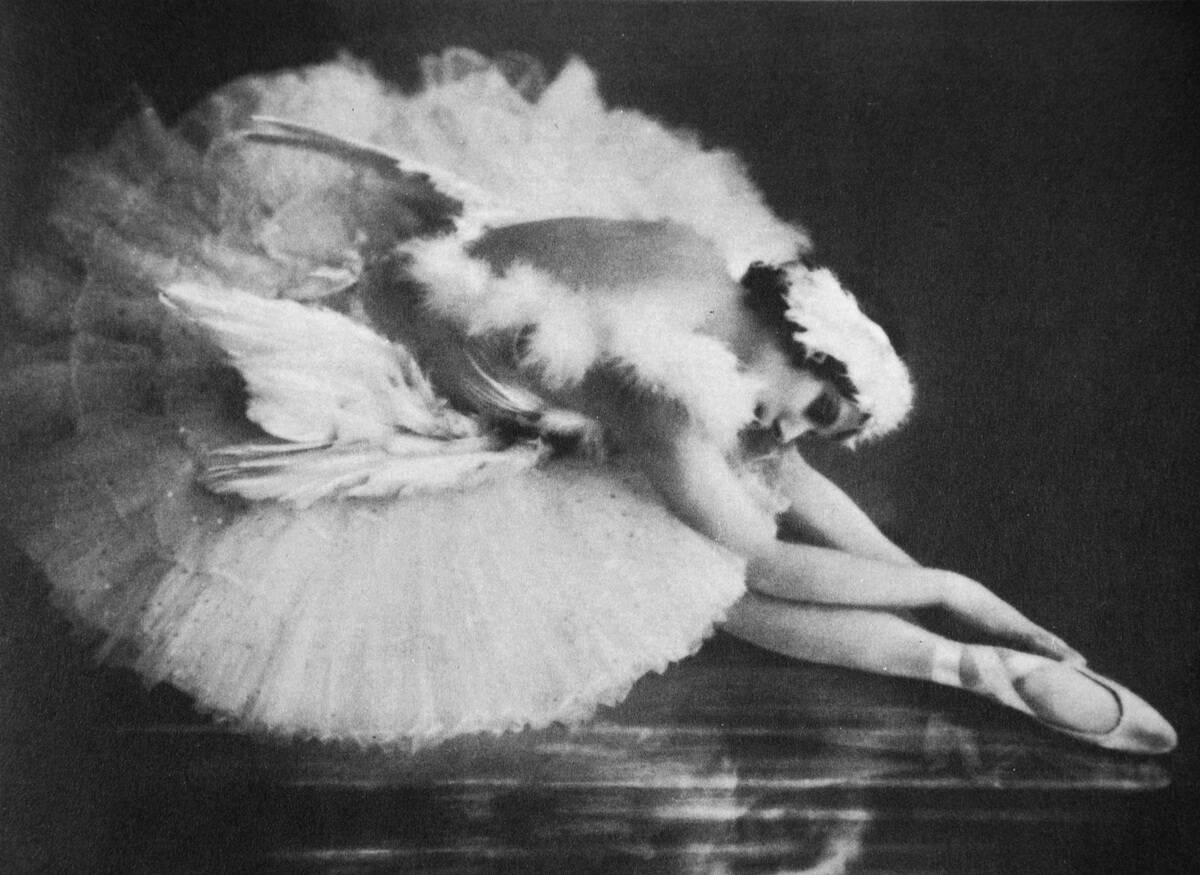
Anna Pavlova, a legendary figure in ballet, is best known for her iconic role in “The Dying Swan.” Her ethereal presence and emotive performance captivated audiences worldwide and helped popularize ballet on a global scale.
Pavlova’s dedication to her art and her pioneering tours brought ballet to new audiences, making her a true ambassador of the dance form.
Rudolf Nureyev: The Rebel with a Cause
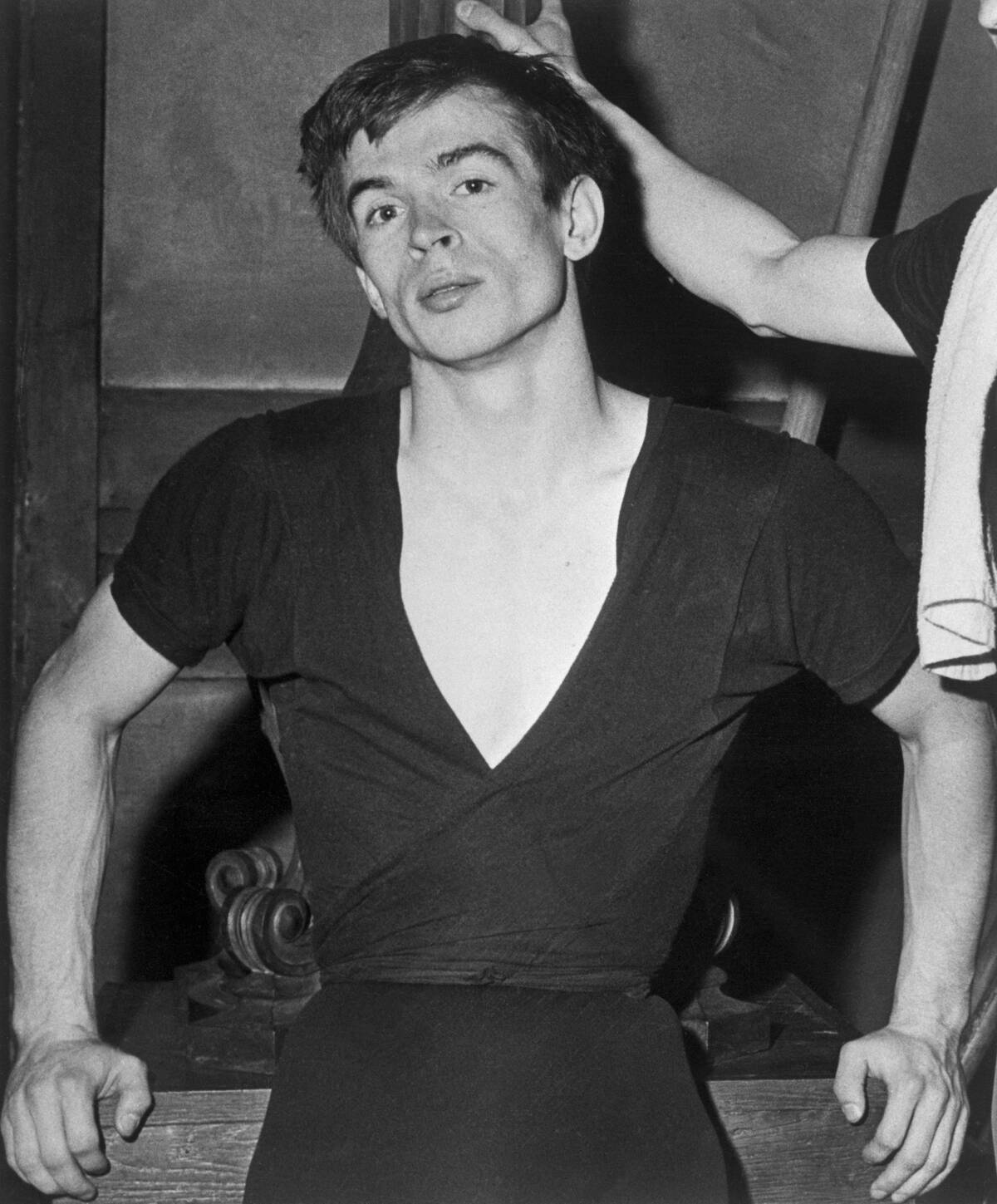
Rudolf Nureyev, often hailed as one of the greatest male dancers of his time, was known for his passionate and intense performances. His dramatic defection from the Soviet Union in 1961 made international headlines, and he went on to have a prolific career in the West.
Renowned for his technical prowess and charisma, Nureyev also made significant contributions as a choreographer and director, leaving a lasting legacy in the ballet world.
Margot Fonteyn: The Graceful Ambassador of Ballet
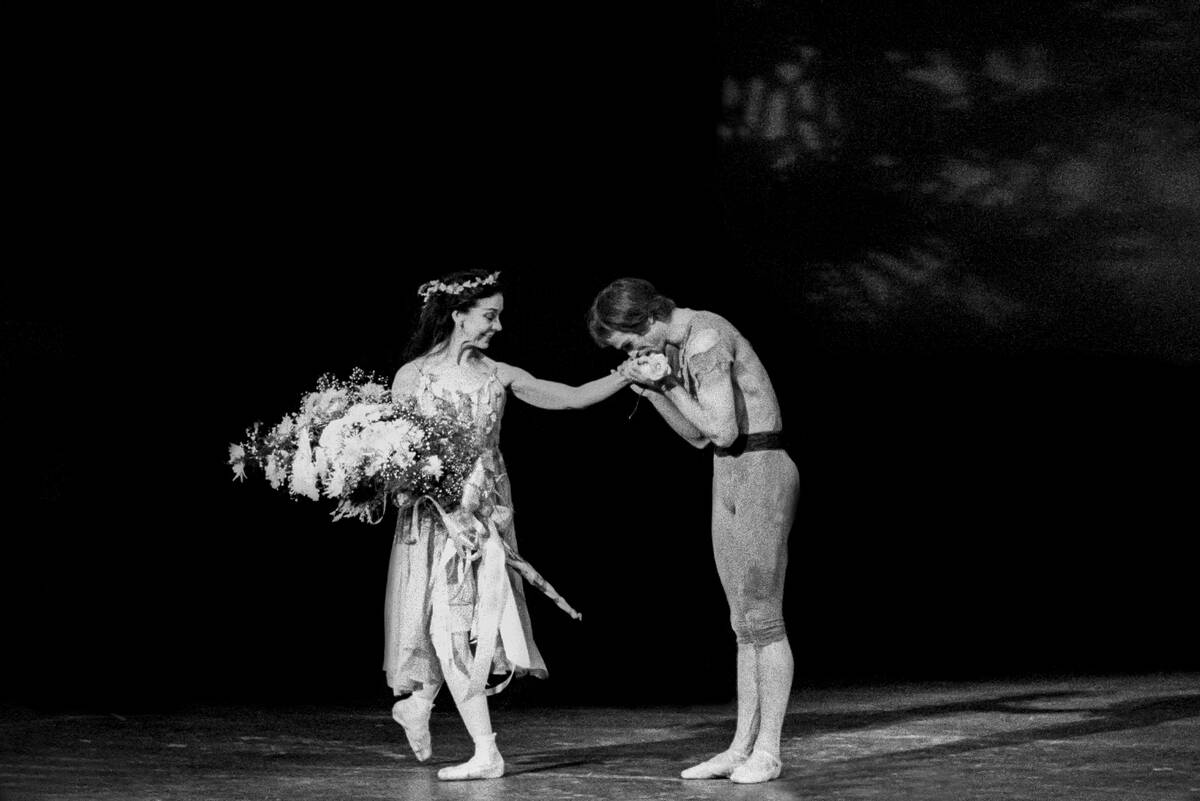
Dame Margot Fonteyn, one of the most beloved ballerinas of the 20th century, captivated audiences with her elegance and artistry. Her legendary partnership with Rudolf Nureyev brought a new level of excitement and emotional depth to ballet performances.
Fonteyn’s dedication to her craft and her ability to connect with audiences made her a cherished figure in the dance community and beyond.
George Balanchine: The Architect of American Ballet
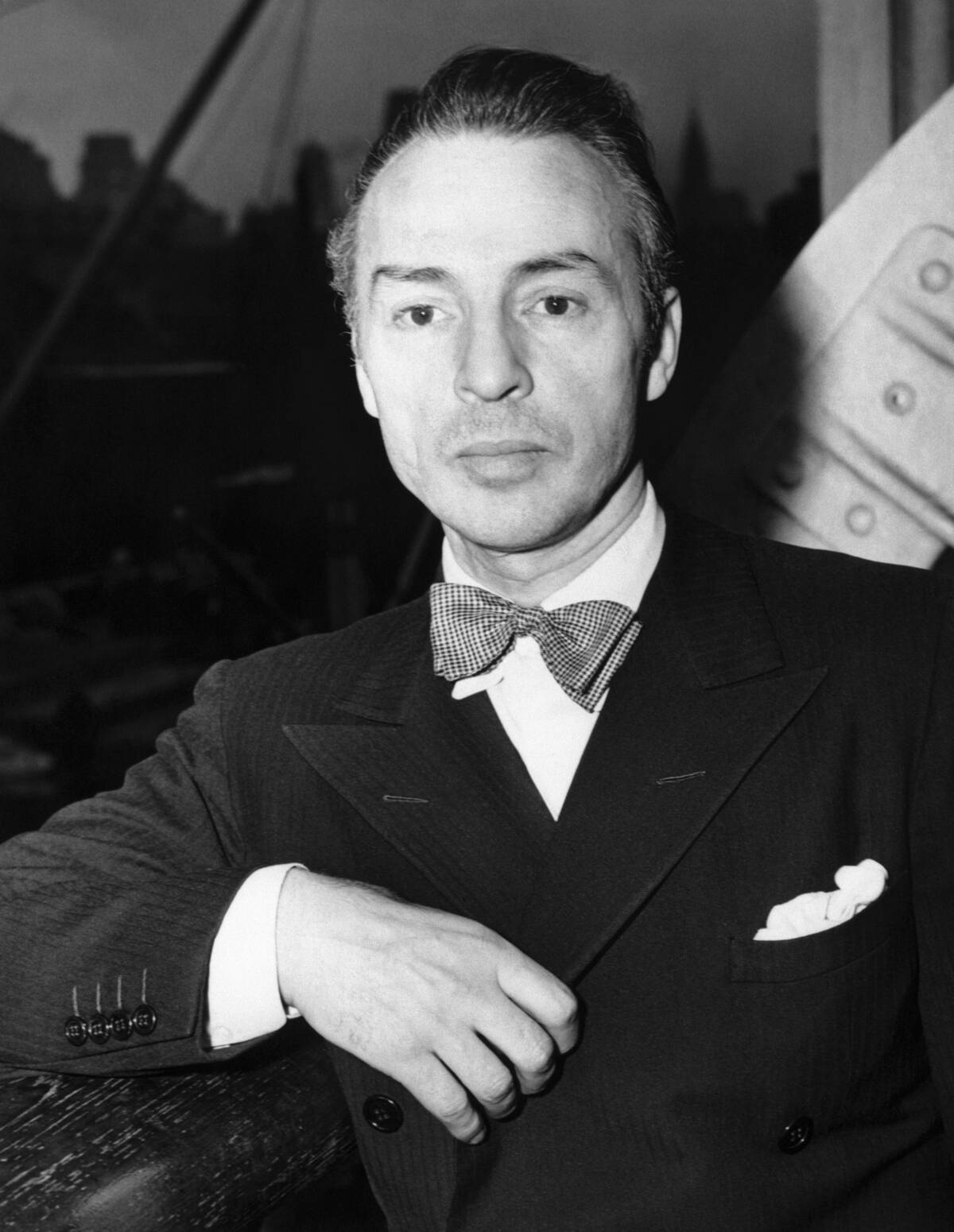
George Balanchine, a towering figure in ballet, is credited with revolutionizing American ballet. Co-founding the New York City Ballet in 1948, he introduced a neoclassical style characterized by its speed and precision.
Balanchine’s innovative choreography, influenced by his Russian roots and American experiences, has left an indelible mark on ballet, shaping the way it is performed and appreciated in the United States.
Alicia Alonso: The Visionary Cuban Star
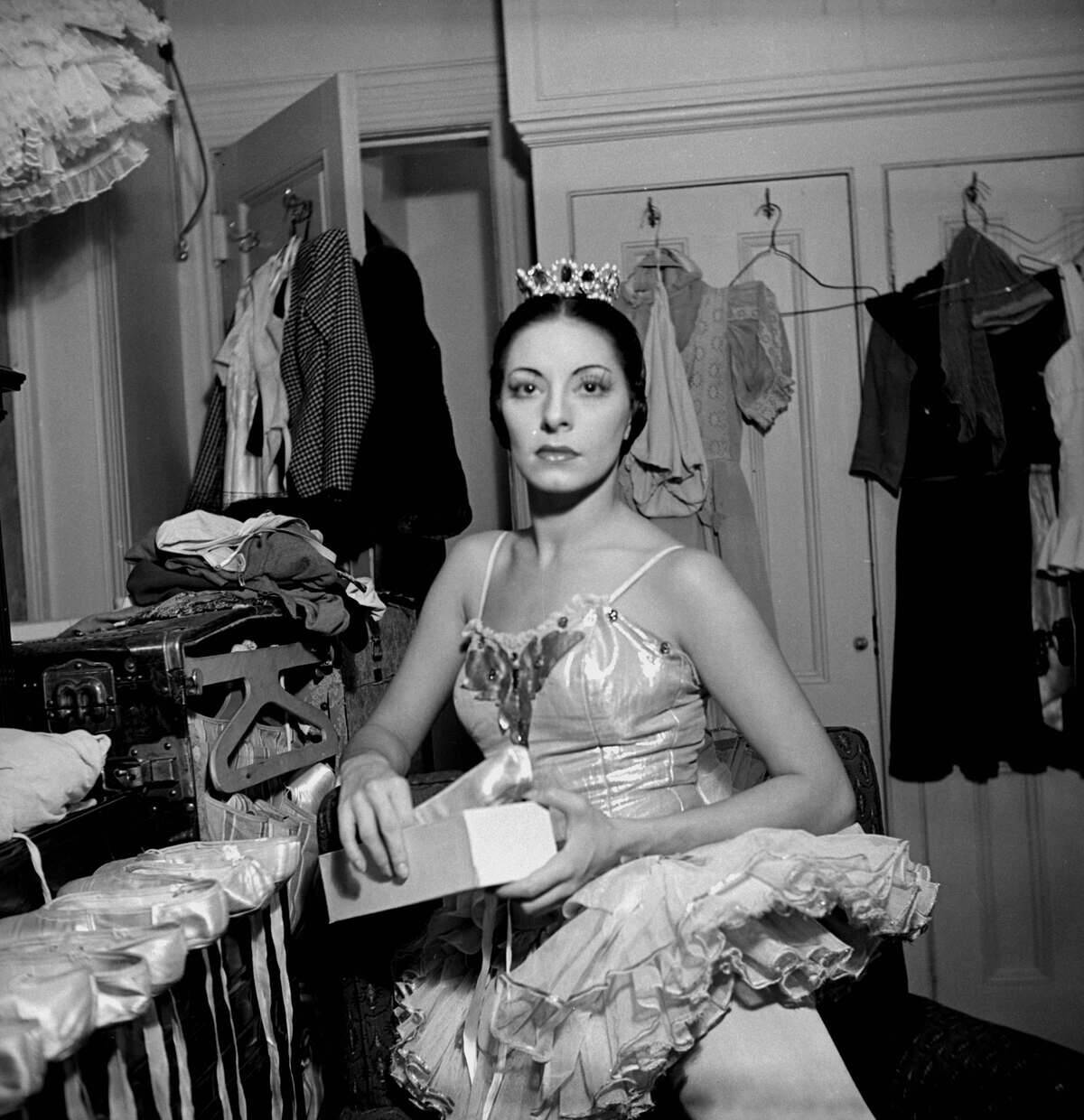
Alicia Alonso, a Cuban ballerina of immense talent and vision, became a national icon and an international star. Despite facing significant challenges, including vision problems, Alonso’s determination and passion for ballet never wavered.
As the founder of the Cuban National Ballet, she played a crucial role in developing ballet in Cuba and inspired countless dancers with her remarkable life and career.
Sylvie Guillem: The Modern Ballerina Extraordinaire
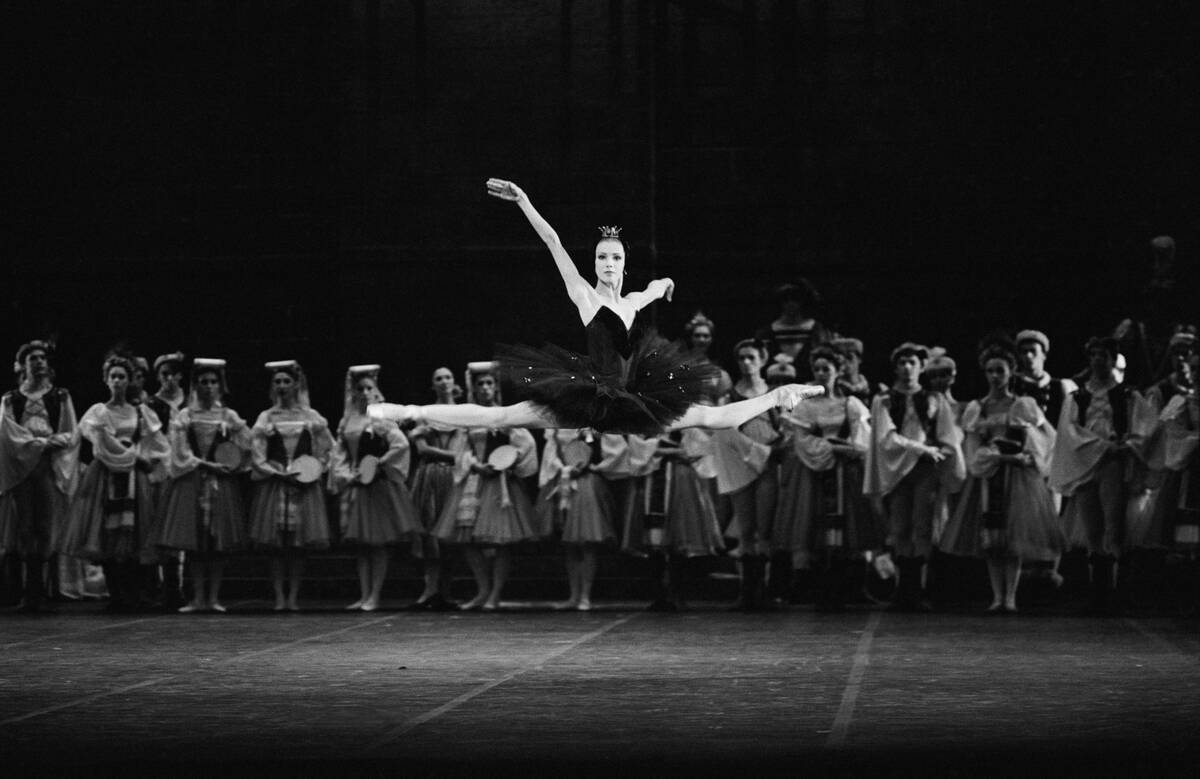
Sylvie Guillem, renowned for her exceptional technique and daring choices, has been a trailblazer in the world of modern ballet. Her career began with the Paris Opera Ballet, but she later pursued a path of independence, collaborating with contemporary choreographers.
Guillem’s fearless approach and commitment to pushing boundaries have earned her acclaim and admiration, solidifying her status as a modern icon in the dance community.
The Cultural Impact of Ballet on Fashion and Art

Ballet has long influenced fashion and art, with its elegant aesthetics inspiring designers and artists alike. The iconic tutu and pointe shoes have become symbols of grace and beauty, appearing in various artistic expressions.
Collaborations between fashion designers and ballet companies have resulted in stunning costumes that enhance the visual spectacle of performances, while artists like Degas have immortalized the ethereal world of ballet on canvas.
The Future of Ballet: Innovations and Inspirations
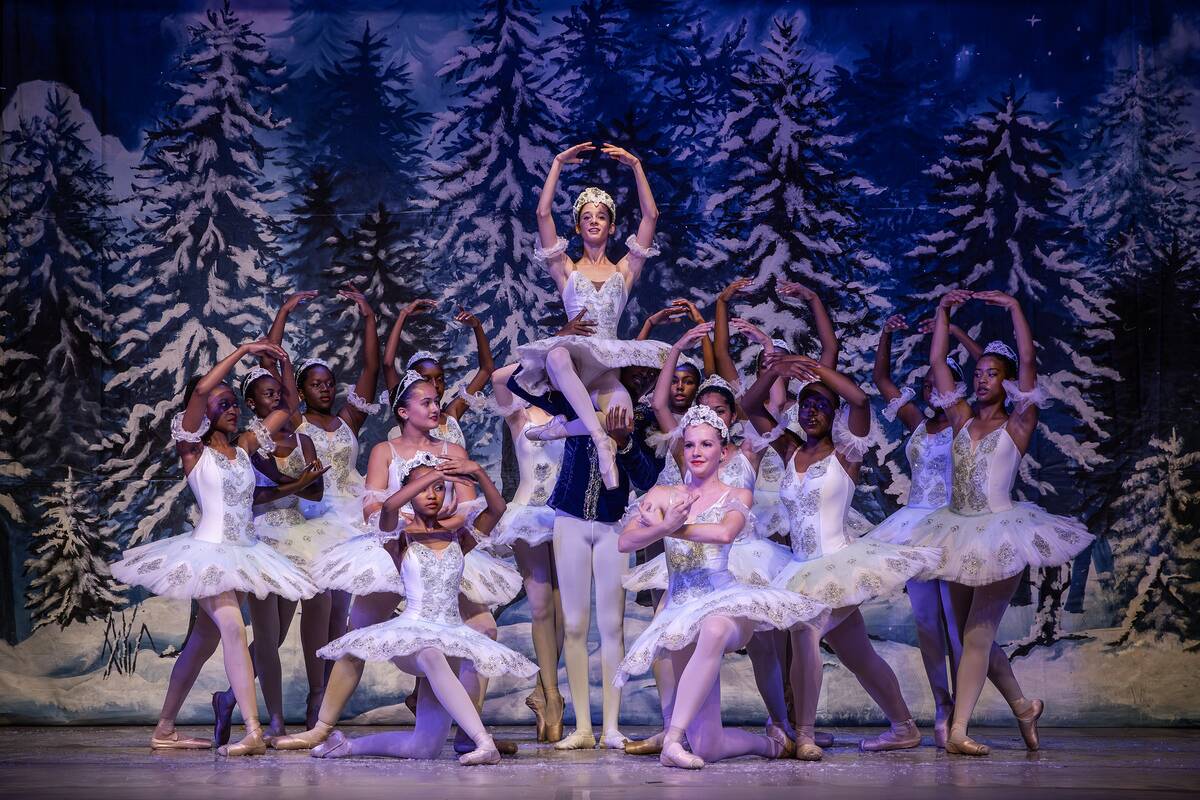
As ballet continues to evolve, innovation and inspiration remain at its core. Choreographers are experimenting with new styles and technologies, incorporating multimedia elements to enhance storytelling.
Ballet companies are embracing diversity, showcasing a broader range of voices and experiences. With these exciting developments, ballet remains a dynamic and inspiring art form, poised to captivate and delight audiences for generations to come.



